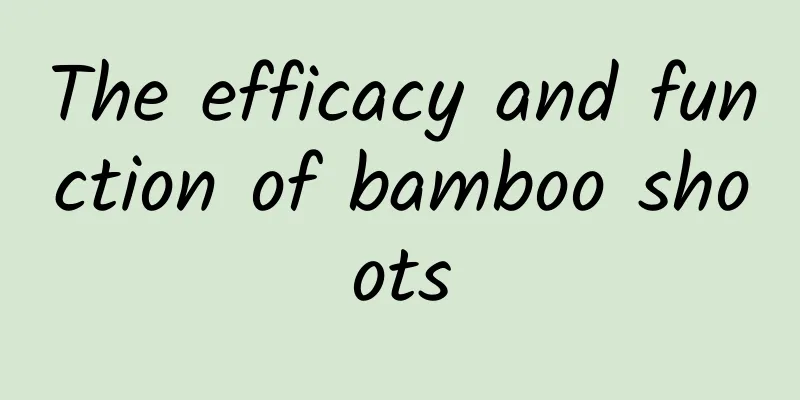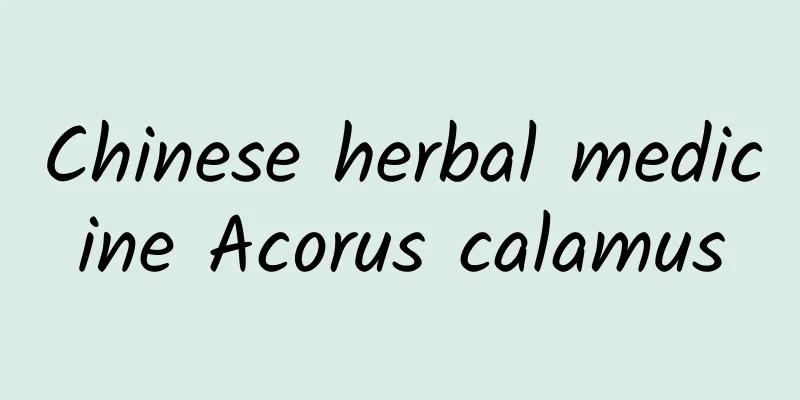What are the benefits of stinking sycamore root

|
The root of stinking sycamore is a commonly used traditional Chinese medicine. The root of stinking sycamore is very effective in treating hypertension, indigestion, rheumatism and bone pain. In addition, ordinary people can also lower their blood lipids and blood sugar by eating the root of stinking sycamore. When you encounter a wound that won't stop bleeding, you can crush the roots of the stinking sycamore and apply them to the wound. This has a very good effect in stopping bleeding and relieving pain. The stinking sycamore comes from the name of Shuqi (Changshan seedlings) recorded in "Tujing Bencao". Su Song mentioned that "those produced in Haizhou have leaves similar to catalpa leaves. They bloom in August and are red and white. The seeds are green, similar to the seeds of mountain neem but smaller." "Compendium of Materia Medica Supplement" records the stinking sycamore, also known as the stinking peony. It is quoted from "Baicao Mirror" as saying: "Its leaves are round and pointed, not very large, and have a smelly smell. There are red veins on the leaves. It blooms in summer, with red buds in clusters, white with five petals, and fruits that are green and round like beans. They mature in November and are blue. The flowers, leaves and bark are all used as medicine." According to "Tujing Bencao", Su Song referred to the Haizhou Changshan of the Verbenaceae family. The stinking sycamore recorded in "Supplement to Compendium of Materia Medica" is neither the stinking sycamore of Haizhou nor the stinking peony, but the stinking jasmine Usage and Dosage: For oral use, decoct in water, 9-15g, or grind into powder and swallow (6g); for external use, wash with decoction or grind into powder and apply to the affected area. Used to lower blood pressure, it should be taken after taking it and should not be decocted for a long time. The root of the stinking sycamore tree is produced in Beijing, Tianjin and other areas. It is a traditional Chinese medicine that loves sunlight and has strong cold resistance. Nowadays, some southern regions have also introduced the roots of stinking sycamore for cultivation and management. Although the roots of stinking sycamore can only survive in artificial environments in the south and their medicinal effects are not as good as those of wild roots, as long as the roots of stinking sycamore undergo some medical processing, their efficacy is basically the same as that of wild roots. |
<<: What are the effects of Beiliu Jinu
>>: What are the effects of Acacia vine leaves
Recommend
Pass it on! The reason you can eat wild rice stem is because it has athlete's foot
The first time I saw Jiaobai was in Yunnan. On my...
The efficacy and function of Ardisia undulata
Many people know that Ardisia undulata has unique...
Will a person be woken up by the urge to urinate during sleep? Will the bladder be ruptured by the urge to urinate?
Getting up every morning is a difficult thing for...
The efficacy of Agrimony
Herbs are a good choice for treating diseases. Th...
What are the effects and functions of patchouli
Patchouli, also known as Huoxiang, is a common Ch...
The efficacy and function of water dragon
Do you know water dragon? It is a common Chinese ...
The efficacy and function of Lamplight Vegetable
Lantana ternata is a common Chinese medicine. It ...
Is the dandelion powder from the drugstore good?
I believe everyone has seen dandelions and they a...
Can we eat the wild vegetables picked from the green belts?
The weather has warmed up, the trees have started...
The efficacy and function of jingfengcao
Recently, major TV channels have launched various...
What are the effects of soaking Astragalus and American ginseng in water?
There are many Chinese medicines in today's l...
Effects and functions of Akebia trifoliata
Chinese medicinal materials are very common, and ...
The efficacy and function of Jianlan root
Since Chinese medicine has fewer side effects, mo...
The efficacy and function of Sophora japonica root
Traditional Chinese medicine requires the use of ...
The efficacy and function of Dingguicao [picture]
Dingguicao [picture] is a very good medicinal mat...









